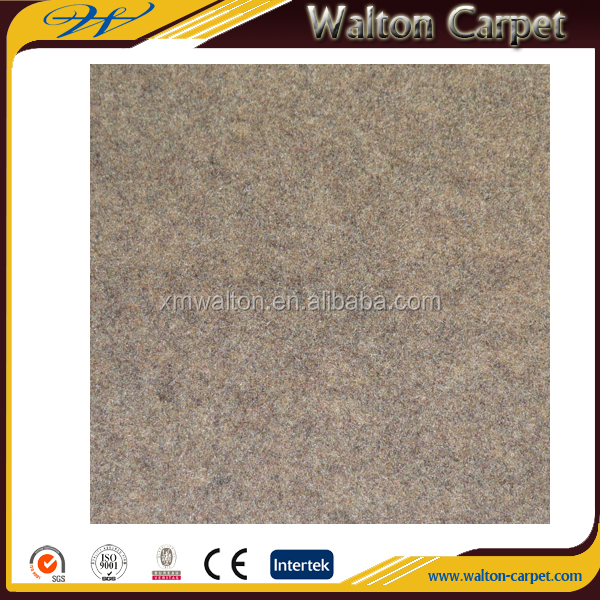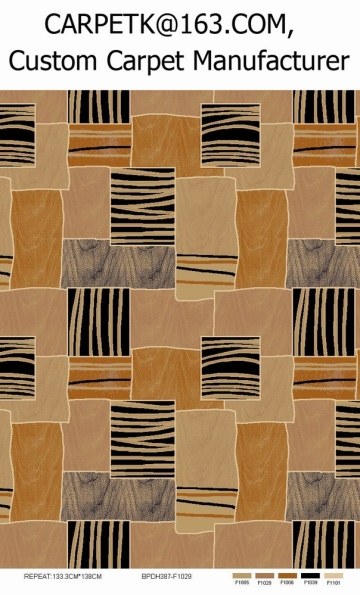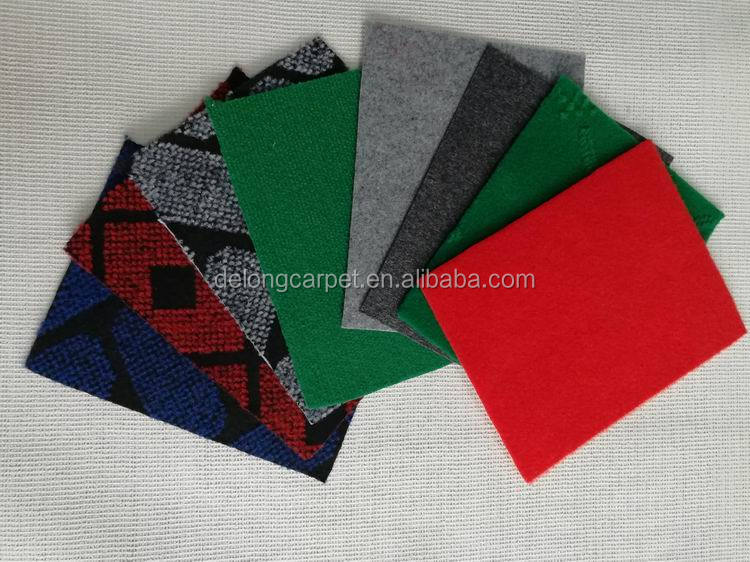Carpet and formaldehyde: what you need to know
Carpet and formaldehyde are common materials used in interior design. Carpet is a soft, comfortable, and often brightly colored flooring material that can be made from a variety of materials including wool, nylon, and polyester. It is often used in bedrooms, living rooms, and hallways.Formaldehyde is a colorless, strong-smelling chemical that is commonly used in the production of building materials, including some types of carpet. It is also used as a preservative in some cosmetics and as a disinfectant in hospitals and laboratories.When choosing a carpet, it is important to consider the level of formaldehyde in the material. High levels of formaldehyde can be harmful to health, causing irritation of the eyes, nose, and throat, as well as headaches and allergic reactions. Some types of carpet, such as those made from wool or organic cotton, do not contain formaldehyde, while others may have lower levels than others.It is also important to note that formaldehyde can be released into the air through the wearing and aging of the carpet, so it is important to choose a carpet with low formaldehyde levels to reduce the risk of exposure over time. Additionally, some types of carpet cleaning products may also contain formaldehyde, so it is important to check the labels of any cleaning products that are used on the carpet.
When it comes to interior decoration, many people are concerned about the issue of formaldehyde, a toxic gas that can be harmful to human health. While formaldehyde can be found in a variety of building materials and household items, one common question that often arises is: can a carpet contain formaldehyde?
The answer to this question is yes. Carpets can contain formaldehyde, primarily in the form of formaldehyde-based adhesives used in their manufacturing process. These adhesives are used to bond the fibers together and help maintain the shape and structure of the carpet. However, the levels of formaldehyde in carpets are usually low and are not considered a significant source of formaldehyde exposure for consumers.

That being said, it is still important to take certain precautions when purchasing and using carpets, especially if you are particularly sensitive to formaldehyde or other chemicals. Here are a few tips to keep in mind:
1、Choose a carpet with a low VOC content: When shopping for a new carpet, look for products that have low volatile organic compound (VOC) content. VOCs are chemicals that can off-gas and contribute to poor indoor air quality. Many manufacturers now offer low-VOC or VOC-free carpet options, so be sure to check for these when shopping.
2、Allow time for ventilation: After installing a new carpet, it is important to allow for adequate ventilation to help reduce the levels of formaldehyde and other chemicals in the air. Open windows, use fans, or consider running the air conditioner to help circulate air and reduce indoor air pollution.

3、Look for certifications: When possible, choose carpets that have been certified by third-party organizations such as GreenGuard or LEED. These certifications indicate that the carpet has met certain environmental and health standards, including low formaldehyde emissions.
4、Consider other flooring options: If you are particularly sensitive to formaldehyde or other chemicals, you may want to consider using alternative flooring options such as hardwood, tile, or bamboo. These materials do not contain formaldehyde and can help reduce your exposure to this harmful gas.
In conclusion, while carpets can contain formaldehyde, the levels are usually low and not considered a significant source of exposure. However, it is still important to take precautions when purchasing and using carpets, especially if you are sensitive to formaldehyde or other chemicals. By following the tips outlined above, you can help reduce your exposure to formaldehyde and other harmful gases, ensuring a healthier and more comfortable indoor environment for yourself and your family.

Articles related to the knowledge points of this article:
Laundry machine and down jackets: a perfect match or a potential disaster?
Goose-Down Jackets: A Winters Comfort
The Short-Sleeve Womens羽绒服,A Fashion Must-Have for Winter
Title: Hermès Silk Scarf Handle Tutorial: Transform Your Handbag Into a Work of Art



